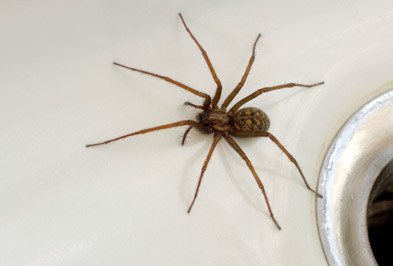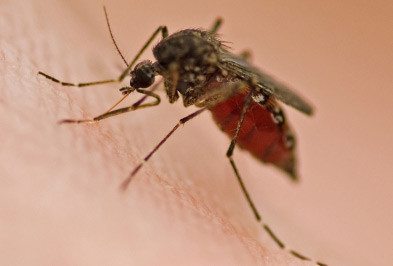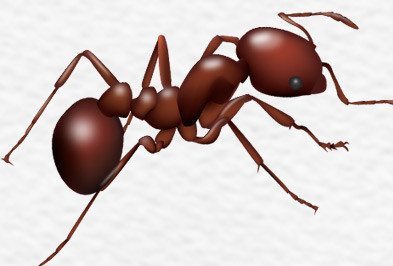Got spiders? We can help:
Knowledgeable service technicians with developed spider control remedies.
Solutions implemented at the source of the problem.
Preventative measures for long-term elimination.
Spider Control in Houston
Common house spiders aren’t the only species of spider found throughout the Houston area. Brown widows, the Texas recluse, the gray wall jumping spider and grass spiders are just a few of the many spider species that can be spotted within your home. Spiders do have benefits, including their tendency to feed on agricultural pests, cockroaches, earwigs, flies and mosquitoes. Although their main purpose for using venom is to stun prey, they occasionally will bite humans and health issues can result from it. Let Holder’s experts remove unwanted spiders from your home today.
Give Us A Call Today!
800.335.5315

